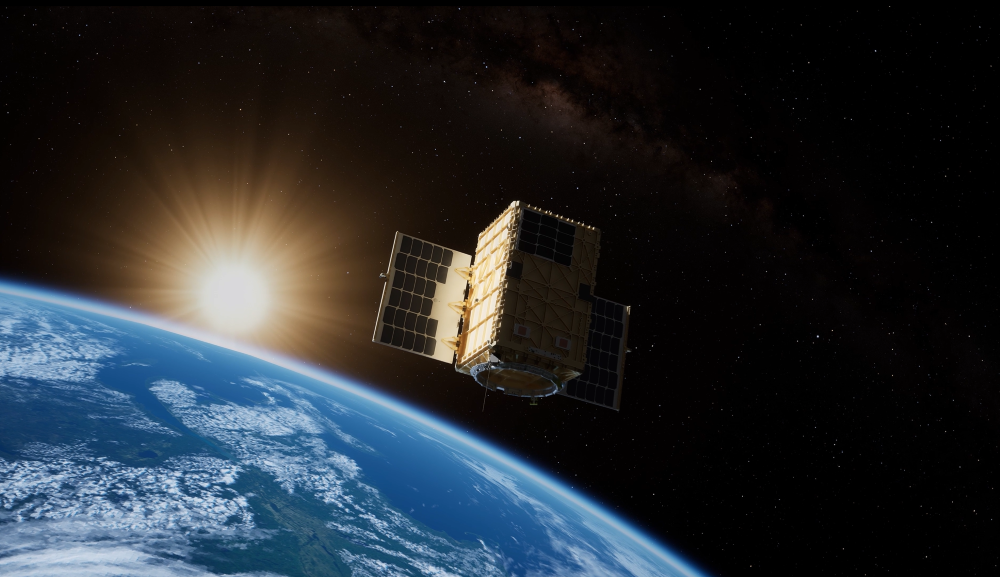
Boeing is attempting to create a critical building block for a quantum communications network.
Credit: Boeing
Teleportation is the stuff of science fiction TV shows like “Star Trek,” but Boeing soon plans to demonstrate the concept in a very real, albeit smaller, way. The aerospace company plans to launch its Q4S satellite in 2026 to demonstrate quantum entanglement swapping, a process in which two pairs of...
Boeing To Test Quantum Entanglement Swapping On Satellite is available to both Aviation Week & Space Technology and AWIN subscribers.
Subscribe now to read this content, plus receive critical analysis into emerging trends, technological advancements, operational best practices and continuous updates to policy, requirements and budgets.
Already a subscriber to AW&ST or AWIN? Log in with your existing email and password.





